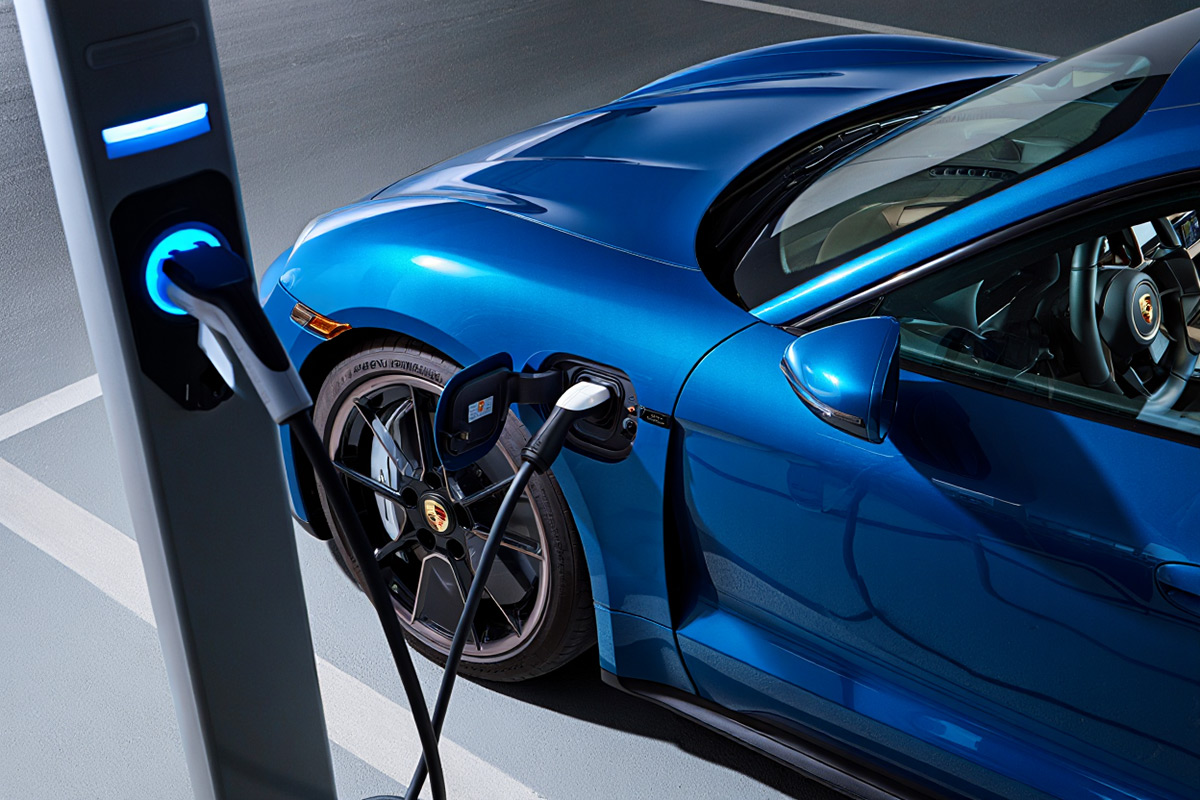Guy Stuff
10 Car Maintenance Must-Dos Before Your First EV Road Trip Down Route 66
Looking to check off a must-do on your travel bucket list? Charge up your electric vehicle (EV) and make plans to hit the road down Route 66. Whether you’re driving the 316-mile stretch across the state of California or your ambitions are to make the entire journey to Chicago, you’ll want to be sure to go through the maintenance checklist on your vehicle and review your California car insurance coverage well before you start your adventure.
Here are 10 preventive maintenance tasks you need before you leave so you don’t end up stranded in Pasadena or with a drained battery in the Mojave Desert.
Check Your Battery Health
Before heading out, use your EV’s built-in diagnostics or visit a service center to check your battery’s health. A degraded battery means reduced range, which is the last thing you want on long stretches of Route 66. If your EV has an energy management system, review recent reports to ensure optimal performance. And, of course, make sure to charge up to 100% the night before you leave — but aim to keep the charge between 20 and 80% during the trip to maximize longevity.
Map Out Charging Stations Along Route 66
Unlike gas stations, EV chargers aren’t always conveniently located, especially in rural areas. Before hitting the road, map out your charging stops using apps like PlugShare, ChargePoint, or Tesla’s Supercharger network. Identify high-speed DC fast chargers for quick top-ups and Level 2 chargers at hotels or restaurants where you can recharge while taking a break. And don’t rely on a single plan. Make sure you have a list of backup charging locations in case of unexpected station outages.
Inspect Tire Condition and Pressure for Desert Terrain
Route 66 takes you through some of the most rugged and arid landscapes, and road conditions can be harsh on tires. Check your tire tread depth to ensure proper traction, especially if you’re crossing sandy or rocky sections. Since EVs are heavier due to their battery packs, tire pressure is especially crucial for efficiency and safety. Underinflated tires, for instance, can reduce range and increase wear. Keep a portable tire inflator in your trunk, and be sure to check pressure levels before and during the trip.
Test Brakes and Regenerative Braking System for Mountain and Coastal Roads
Regenerative braking is a game-changer for EV drivers, but it needs to be functioning at full capacity, especially when you’re driving through hilly or coastal regions along Route 66. Before you start your trip, test the regenerative braking system to ensure it’s capturing and storing energy efficiently. If you notice any inconsistencies, have your brakes inspected before you leave. You’ll also want to ensure your traditional brakes are in top shape, especially for those steep descents where you may need extra stopping power.
Optimize Your EV’s Range for Long Stretches Between Chargers
Even with a well-planned charging strategy, maximizing your EV’s range is the key to an anxiety-free journey. Start by reducing excess weight, and only pack what you need. Plan to drive at moderate speeds since higher speeds drain the battery faster. Use eco-mode if your vehicle has one and take advantage of cruise control on open highways. Where possible, minimize air conditioning and heating use, opting for seat warmers or fans.
Prepare for California’s Varying Weather Conditions
Even if you’re just trekking across California, weather conditions can vary greatly. One minute, you’re in the desert heat of the Mojave, and the next, you’re facing coastal fog near Santa Monica. Ensure your climate control system is functioning properly, and pre-condition your cabin while plugged in to avoid unnecessary battery drain. Keep tabs on weather conditions ahead of time, and pack appropriate clothing, from sunglasses and lightweight jackets to sweat-wicking tees and pants or shorts.
Check Charging Cables and Adapters for Different Station Types
Not all EV charging stations use the same connectors. Research which types of plugs are common along your Route 66 itinerary and bring any necessary adapters, especially for older charging stations that might not have universal connectors. Having a portable Level 1 or Level 2 charger as a backup can also be a lifesaver if you’re at a location with limited charging options.
Update Vehicle Software for Real-Time Navigation and Charging Insights
EV manufacturers frequently release software updates that improve battery efficiency, navigation, and real-time charging data. Before hitting the road, install any available updates. These updates often enhance features like route planning with real-time charger availability, automatic battery preconditioning for faster charging, and even improvements in regenerative braking algorithms. Keeping your software up to date ensures your EV operates at its peak performance throughout the trip.
Make Sure You Have the Right Auto Insurance
California auto insurance is a must-have when traveling, not just for legal reasons but also for peace of mind. The state has strict insurance requirements, and driving without coverage can result in hefty fines or license suspension, quickly cutting your trip short. Add to that California’s varied terrain — ranging from bustling freeways to remote desert roads — which poses unique on-the-road risks. To get the best auto insurance in California, make sure you have comprehensive coverage that’ll protect you and your EV against accidents, theft, and natural disasters that could occur along Route 66. Before heading out, review your policy to confirm it includes roadside assistance and rental coverage in case of unexpected delays.
Pack an Emergency Kit for Remote Areas
While Route 66 is an iconic highway, some stretches are pretty remote. Your emergency kit should include:
- A portable air compressor and tire repair kit
- EV charging adaptors
- First-aid supplies
- Non-perishable snacks and plenty of water
- A flashlight and extra batteries
- A power bank for charging your phone
- A blanket and extra warm clothing
- Auto insurance information
- A basic toolkit with necessary wrenches and screwdrivers
- Roadside assistance contact numbers specific to EV breakdowns
Few things speak to American nostalgia as much as the historic Route 66. With careful planning and preparation, your road trip can be smooth and efficient for both you and your EV.


















Recent Comments